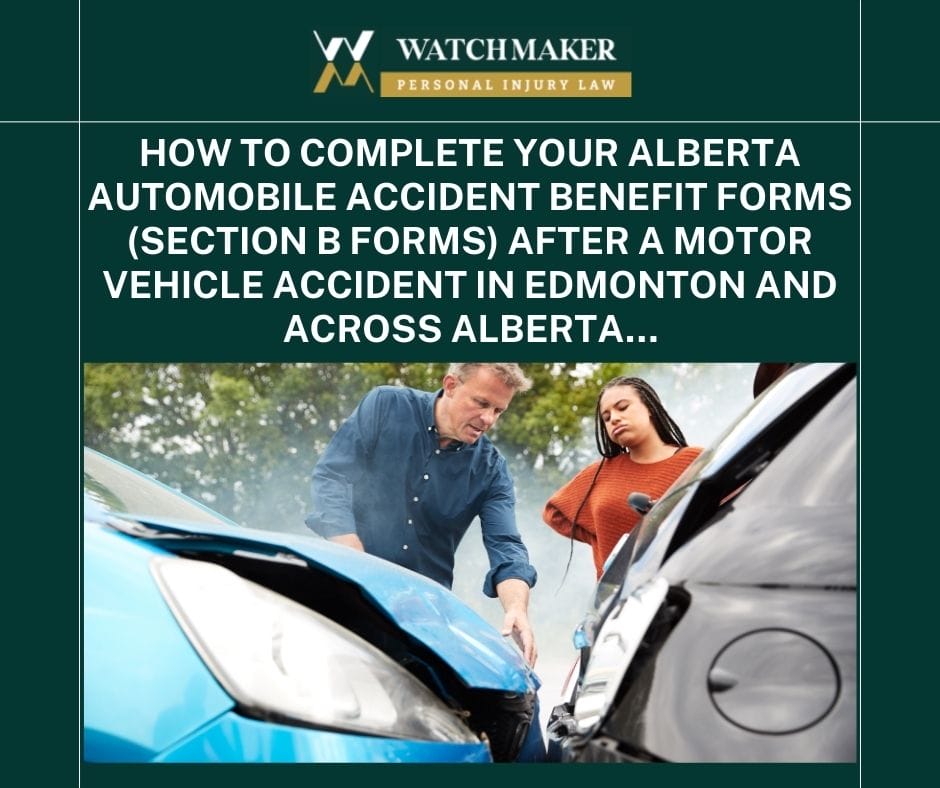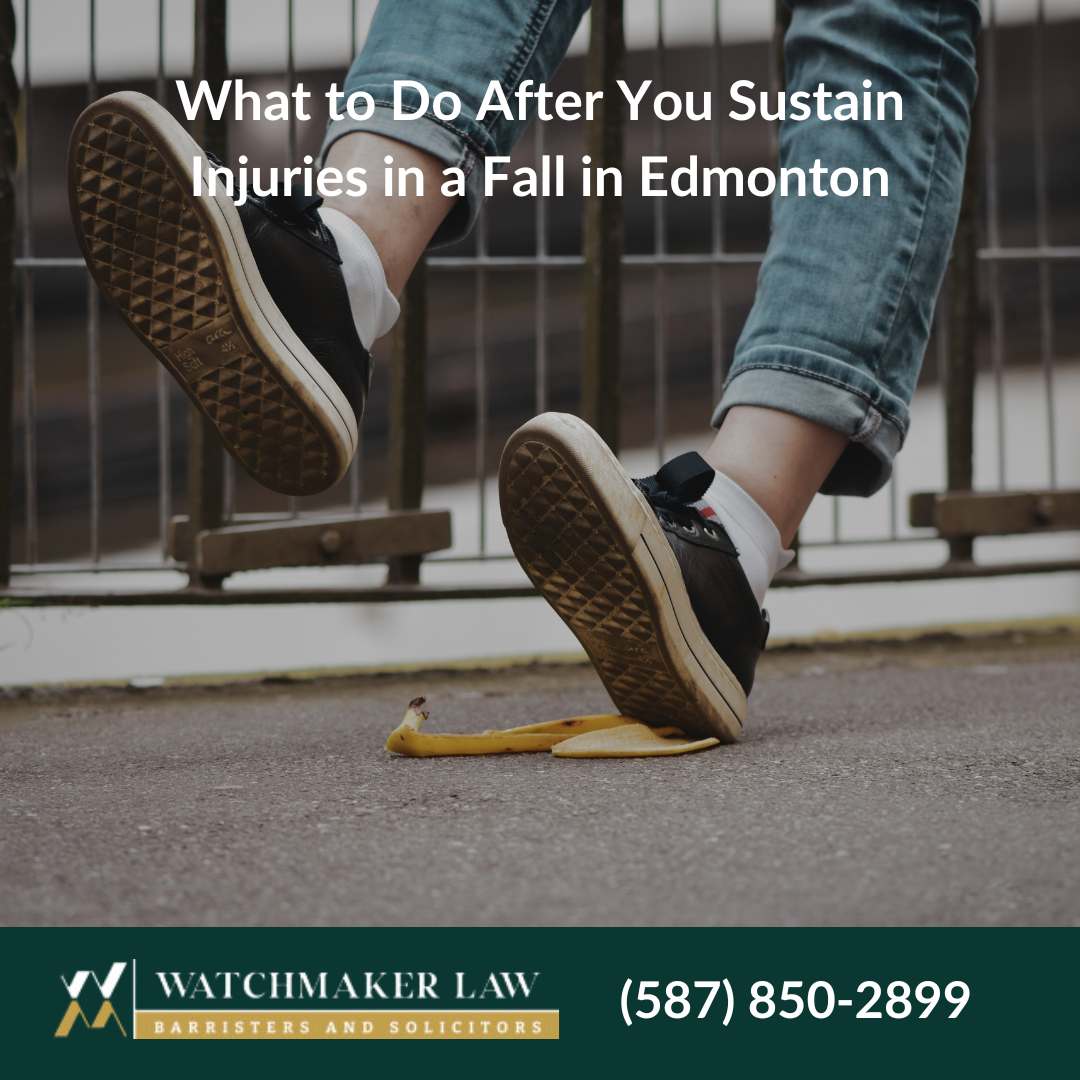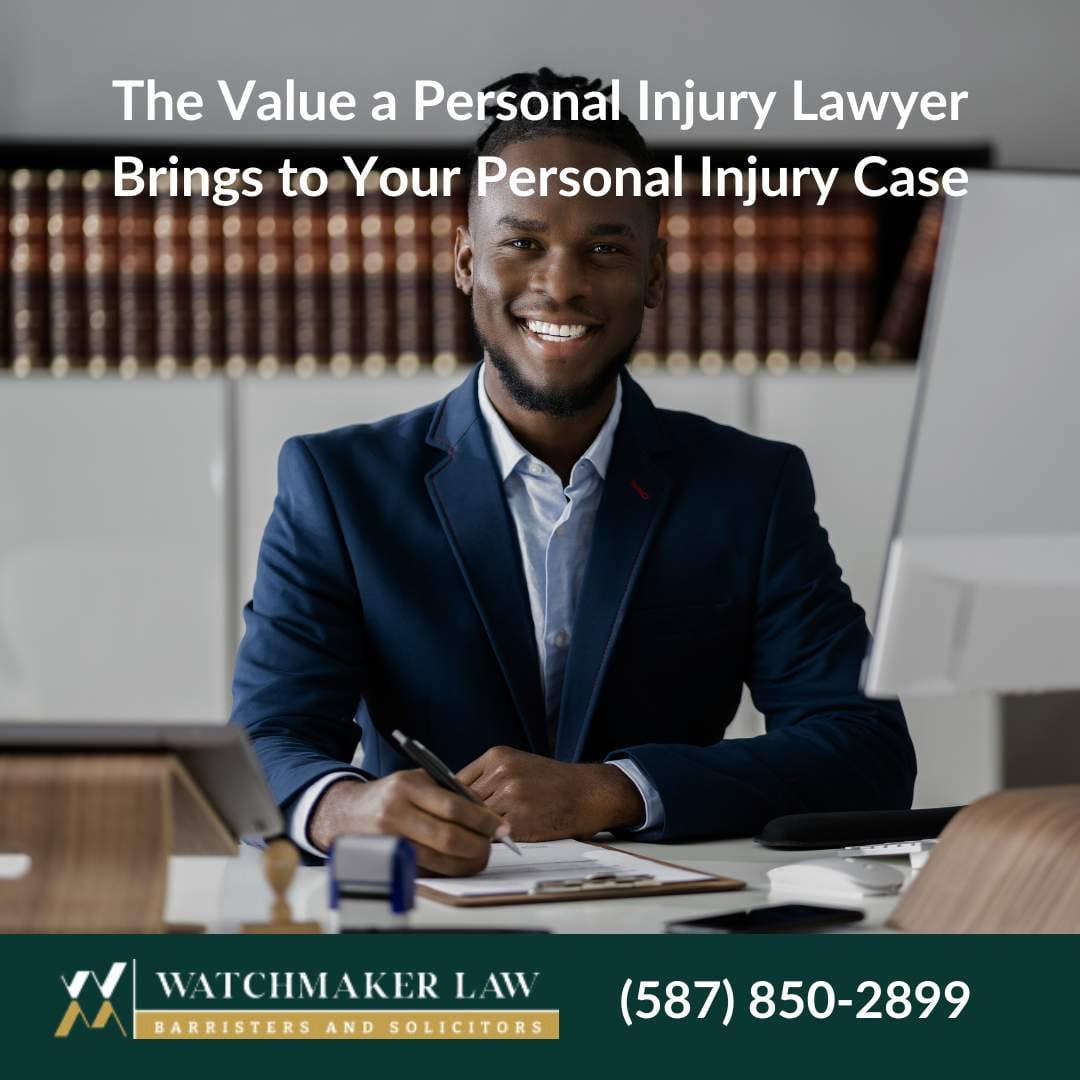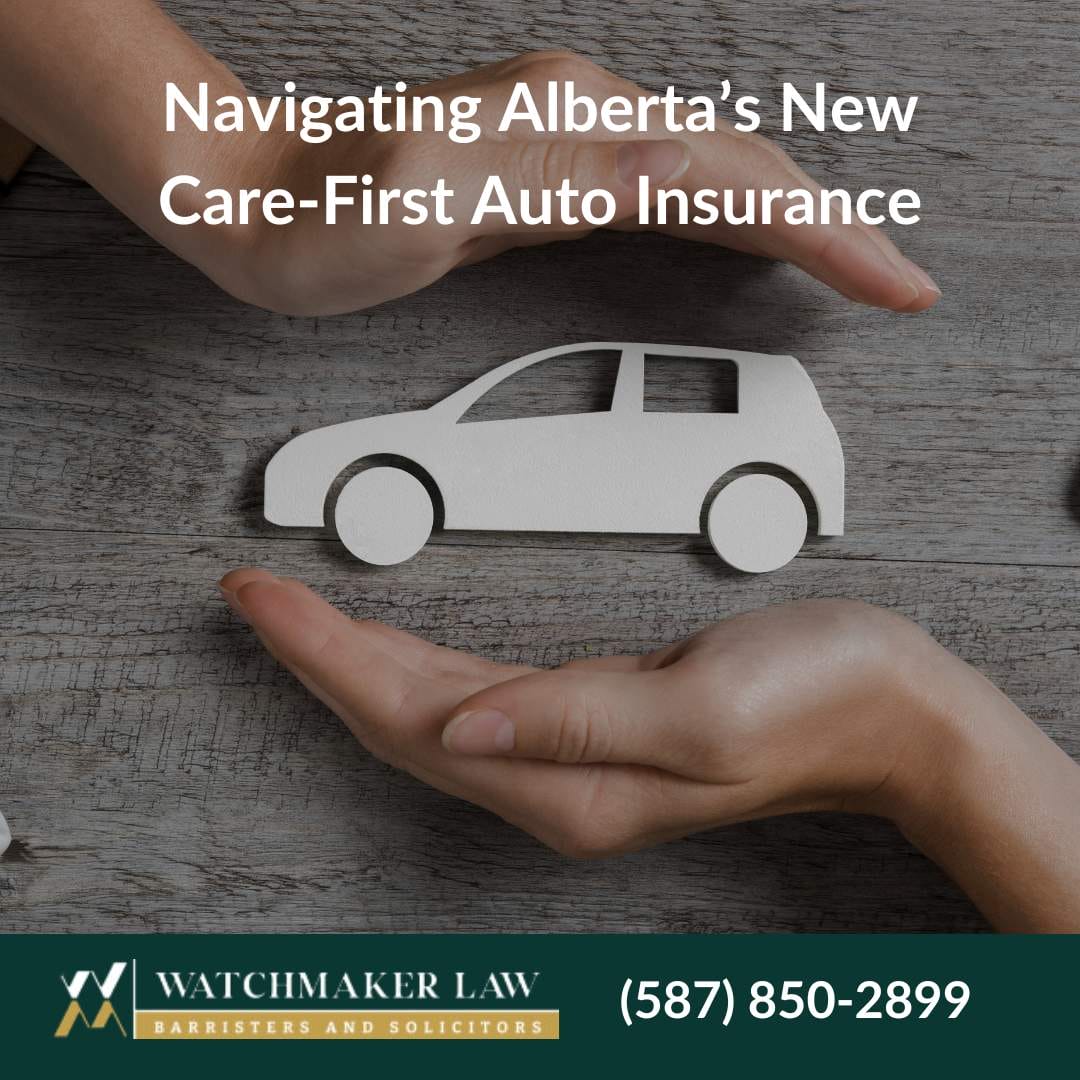Introduction
After a serious motor vehicle accident in Edmonton and in other areas of Alberta, you may be stuck with disabling injuries that prevent you from performing your activities of daily living including your employment, schooling and other vocational pursuits. You have an obligation to report the accident and the resulting injuries to your insurance company. When you inform your insurance company that you sustained injuries in the motor vehicle accident, they would typically assign an Accident Benefit or section B adjuster to your claim to assist you with your injury claim.

Brief Summary of Accident Benefits Claim in Edmonton Alberta
To be clear, the Accident Benefit injury claim is not the same as the Bodily Injury claim. The Accident Benefit claim is the No-Fault injury claim you get from your own insurance company regardless of who is at fault for the accident. That last bit is very important- it does not matter who is at fault for the accident, you are entitled to automatic Accident Benefits coverage from your own insurance company provider for treatments and disability payments. I get this question often from my clients at Watchmaker Law. Clients want to know who will pay for their treatments that they need to attend due to their auto accident injuries.
It should be noted that if you were injured as a pedestrian, coverage for your Accident Benefits coverage will come from the insurance company of the motor vehicle that struck you.
Completing the Accident Benefit “Section B” Forms in Alberta
Once you have informed the insurance company that you sustained personal injuries from the motor vehicle accident in Edmonton and across Alberta, they will then send you some Accident Benefit Forms. These forms can seem complicated and not easy to navigate. In this blog, we provide additional information that will assist you with completing the forms with the least amount of hassle.
“AB 1” FORM
First, we start with the AB 1 form: This is the very basic form required to provide the insurance company with personal and contact information.
The first section Part 1 is intended to obtain basic Claimant Information. The first section requires you to write or type in your personal information. You will be required to write your full name, your mailing address, your telephone numbers. There are options to include your cell, work phone or home phone. Include as many of these as you have. Having this information helps your insurance adjuster to stay in contact with you through the duration of your claim. Include your birthdate (day/month/year). And then if you’re the driver, write your license number. In the next section, you will be asked to provide the best time to reach you. Include and be flexible. Ideally, your insurance adjuster is there to assist you so they would need to be able to get a hold of you during the time that your claim is going on.
Ensure you provide adequate information regarding personal and contact information in this section. This is typically the only way for the insurance company to get in touch with you to find out how your treatments are progressing, and how they might be able to assist you. Then you are asked to provide information as to whether the claim is an Alberta Worker’s Compensation Board claim. Honestly provide this information. If you are not sure if you were in course of your employment at the time of the accident, then contact our office, Watchmaker Law to get free legal information on how to make this determination.
In the next section of the form, you need to provide your private insurance information on the provided Box section. This is not optional; you should truthfully check this box to the best of your ability. Note that the question reads “Are Extended Health Care Benefits Available?” It does not say “Do you have extended Health care benefits”. The difference between these two questions is that the actual question on the form includes any access you might have to a family member or spouse’s private benefits. I know some individuals may be hesitant to provide their private insurance information. You must provide this information to avoid issues of allegations of withholding information from your insurance company and/or fraud. After the protocol period of 90 days, the default is to charge you private insurance first and then whatever costs remain outstanding or are not covered by your private insurance, gets covered by your auto insurance company under your Accident Benefits (Section B) claim.
The next section deals with your employment status or training activities at the time of the accident. If you have a seasonal position, provide this information as well.
The second section Part 2 deals with questions regarding the Claimant’s Authorized Representative Information.
If there is one section, I get the most questions about the most, it is this section. Clients assume that this section refers to their lawyer. This section is usually reserved for cases where the clamant lacks capacity (mental or otherwise) or in the event that the claimant is a minor. It could also be a lawyer but in a more “capacity” role where the lawyer has been legally appointed as the injured party’s representative. In many routine injury cases where you still have your mental capacity, you can simply leave this section blank. But in the unfortunate situation where the injured party lacks the mental capacity to handle or to take care of their own affairs, then this section of the form must be completed. Include the personal information of the Claimant’s Authorized Representative”. Their name, mailing address and best number to reach them. The more contact information provided the better for the case. Then you want to check off the relationship of the representative to the claimant. If there are documents confirming the relationship such as a court order appointing that person as an example, then attach that document to the form.
In Part 3 of the form, Claimant’s Accident Details, you will need to include as much information as you know for the about the Accident details. Include the exact date the accident happened; time of the accident: Add the time (e.g., 3:30 PM); Location: Where the accident occurred (e.g., street name, city) and then provide as much information about the Description of the accident: Simply explain how the accident happened- be brief but concise. Remember that this document will most likely form part of your document production provided during the litigation process in the case against the other driver. So, provide details of the accident in a consistent and candid manner. At the top of the section, there is an indication that “if more space is required, please continue to the back side of this page and feel free to add additional pages to the form, if need be.
Under this section include information about whether you have seen a physician, physical therapist, chiropractor, dentist or other health service provider for diagnosis or care in relation to this accident. Also include information as to whether you have started treatments and whether you are currently receiving treatments in relation to the motor vehicle accident.
The next section of this form is of utmost importance as well. You should provide a brief description of the injuries and symptoms sustained as part of this accident. Document as much as you can remember. Explain what injuries you have (e.g., sore neck, bruised arm), provide information regarding the medical treatment received: List any treatments you’ve had so far (e.g., hospital visit, physiotherapy, chiropractic or dental treatments).
PART 4 of the form requires you to provide information of the Health Provider Providing Ongoing Treatment and Care. You would want to include the name of the medical professional most informed about your case and medical condition. If you sustain a serious injury and are laid up in the hospital and your attending doctor or surgeon has informed you that you will be in hospital for a long period of time, then you may have to include the name of that attending physician that provided service to you at the hospital. Your Accident Benefit “Section B” adjuster simply wants to be able to obtain the most helpful information regarding your case so that they are best able to provide the assistance that you need to provide you with your claim.
PART 5 of the AB1 Form deals with Authorization to act on the Claimant’s Behalf. This section will only apply when the claimant has chosen not to act on their own behalf. So, the individual who has taken up this responsibility will have to complete this portion of the form. The next section under this part deals with authorization to release relevant information to the insurance company. In many cases, the insurance company would need to request your medical records to gather more information about your case.
PART 6 simply deals with certification that the information shared in the Accident Benefits forms is correct. Included in the fine print of this part is that you are further providing authorization to the medical providers in your case to disclose information about your health to the insurance company.
Read the information you have provided carefully. Your insurance company and the insurance company of the other driver (if you are not at fault) may end up reading this information, so double check that all the information you have provided are accurate to the best of your knowledge.
Then, once you have reviewed the information, proceed to Submit the Form. Submit to your insurance company: Either mail it, email it, or hand it in depending on your insurer’s preferences. It is wise to keep a copy for yourself in case there are questions raised about the form or a piece of information that you have provided.
You should double/triple-check all your information before submitting it to the insurance company. You may be questioned on this document at a later date in the event you bring a personal injury accident claim against the other driver or your own insurance company.
Lastly as regards the AB1 documentation, try to attach additional documents as required: If you have any other documents (like medical records or police reports), include them with the form, this will save you and the insurance company adjuster the time of waiting for you to provide additional information about your claim.
Once you confirm that all the information provided is correct to the best of your knowledge, then Sign and Date form.
Form AB-1A- Claim for Disability Benefits.
In addition to the AB1 form explained above, if you are not able to work due to motor vehicle accident-related case, then you would have to complete the AB 1A form as well. This form complements the AB1. So, both forms have to be completed together if you have are totally disabled due to your motor vehicle accident.
Similar to the AB1, it starts with your information, under the Claimant Information under PART 1. Under this Part, include your personal information: full legal name, mailing address, and the best telephone for the insurance company representative to reach you.
In the next section, Part 2 of the Claim for Disability Benefits, if you have been totally disabled, you need to check the Yes box which shows that you are claiming disability income benefits under the Automobile Accident Insurance Benefits Regulations.
In the next section, you need to indicate whether you were employed on the date of the accident and the date that your disability started. You should know that the Accident Benefits policy stipulates that to qualify for disability, the disability has to arise within 60 days of the accident. So, it is important that this portion of the form is correctly completed to avoid issues with denial of your disability claim. Then you have to provide further information regarding your employer, name and contact information of the employer. The form also asks you to indicate whether you were employed at the date of the accident or to determine for how long you were employed in the 12 months preceding the accident. This is important as if you were not employed on the date of the accident, you should have worked for 6 months in the last 12 months preceding the accident.
It should not come as a surprise to you that the insurance company may very well contact your employer to verify the employment information you have provided, they may also request some additional information from your employer to verify your income and work responsibilities. To make this process go smoothly for everyone involved, you shoulder give your employer the heads up that the insurance company might be calling to verify your employer. This way, the employer is not caught off guard and they are better prepared to respond to the insurance adjuster’s questions.
Then once you have completed all this information you should then take the form to your doctor to complete Part 4 of the form. It is super important to ensure you provide accurate information to the questions asked on this form like all other forms submitted as part of your insurance claim application. It might also be a good idea to let your doctor know about the insurance claims you are presenting. In the context of insurance claims, communication is key.
Consequences of willfully providing false information on your Section B documents: Reviewing the Abbas v. Esurance case.
It is critical that you ensure that you candidly present the information requested in the form. Failure do so could lead to allegations of fraud against you by your insurance company. In addition to denial for your Accident Benefits claim, any allegations of findings of fraud against you could also be used to deny another claim you make to the insurance company. This was the situation in the Abbas v. Esurance. In that case, the claimant had committed fraud while completing his Accident Benefits form. You should know that section 554 (1)(b) and 554 (1)(c) of the Insurance Act stipulates that violation of these sections result in the forfeiture of the right to recover indemnity under a policy of insurance.
Section 554 (1) stipulates that if:
(b) the insured contravene a term of the contract or commits a fraud or
(c) the insured willfully makes a false statement in respect of a claim under the contract, a claim by the insured is invalid and the right of the insured to recover indemnity is forfeited.
So, the law is clear that the consequence of willfully making a false statement in respect to a claim is the forfeiture of the right to recover.
Most of the facts in the Abbas v. Esurance case are not in dispute. Mr. Abbas sustained injuries in a motor vehicle accident on November 17, 2016. He was a passenger in an uninsured vehicle. Mr. Abbas had an SPF 1 (Alberta Standard Automobile Policy) on his vehicle that also included an excess insurance coverage for situations where he is injured by an uninsured or inadequately insured person. As part of his application for his insurance claim, he completed Accident Benefits (Section B Benefits) forms where he lied about his employment situation to qualify for benefits. He then subsequently lied to the adjuster and provided a false employer’s certificate and hiring letter. He then had his uncle perpetuate the lie by suggesting falsely that Mr. Abbas worked for his business under the table.
Based on these false information and misstatements, he was denied both section B benefits and SEF 44 benefits. The court summarily dismissed the action on the basis that the facts were not in dispute and the main issue was a question of law. This case is quite instructive as to how findings or admissions of fraud as regards your Accident Benefits application can have negative consequence not just for the approval of your Section B claim B but also for other claims you may apply as a result of that accident. In this Abbas case, the insurance company denied both the Accident Benefits claim but more importantly, they also denied the SEF 44 (Excess insurance) claim brought by the Mr. Abbas. Essentially, you will be forfeiting the right to claim under the policy if you have willfully provided false information as part of your application for your claim. So, the Accident Benefit forms have reach that extends beyond just the Accident Benefits claim itself. As I pointed out above, in many instances, the insurance company of the other driver through their legal representative, will in many cases review the information you provided on the Accident Benefits forms and may ask you questions in relation to that information at the discovery process known as Questioning. In many instances, the Questioning will take place several years after you have completed the form, so it is important to remember that the information you submitted in an effort to obtain a claim, may show up later down the road, as your personal injury claim progresses through the claims process.
WATCHMAKER LAW’S TAKEAWAYS REGARDING HOW TO COMPLETE YOUR ACCIDENT BENEFITS FORMS AFTER A MOTOR VEHICLE ACCIDENT IN EDMONTON AND ACROSS ALBERTA’S.
- After a motor vehicle accident, report the accident to your insurance company as soon as possible.
- If you sustain personal injuries in the vehicle accident, let your insurance company know so that they can open Accident Benefits claim for you and send you the necessary forms.
- After you get the forms, make best efforts to complete the forms as soon as possible.
- Ensure the information you provide in the forms is accurate Avoid making willfully false statements in the forms.
- Hire an experienced lawyer to assist you to review the forms to ensure you have not missed a key piece of information.
Our legal team at WATCHMAKER LAW is experienced to assist you with your Accident Benefits and personal injury claims after a motor vehicle accident in Edmonton and across Alberta. Contact us at 825-203-9801 or visit our website at www.watchmakerlaw.com for more information and helpful content.



